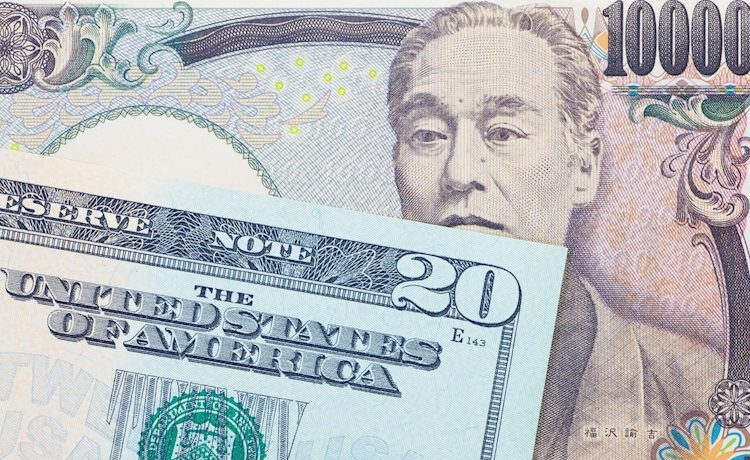- USD/JPY gains to near 148.00 as appeal for the Japanese Yen as safe-haven has diminished.
- The US inflation data will influence market speculation for Fed rate-cut size in September.
- Investors see the US headline and core PPI growing at a slower pace on monthly as well as annual basis.
The USD/JPY pair jumps to near 148.00 in Tuesday’s European session. The asset gains as the Japanese Yen (JPY) weakens due to a sharp decline in safe-haven flows. Investors’ appetite for risky assets has improved as fears of a potential United States (US) recession have diminished significantly.
Worries about US slowdown prompted by weak Nonfarm Payrolls (NFP) report for July. However, a decline in the Initial Jobless Claims for the week ending August 2 suggested that labor market conditions are not as bad as expected.
Meanwhile, the market sentiment is upbeat with US Consumer Price Index (CPI) for July on the horizon. S&P 500 futures have posted decent gains in the European session. The US Dollar Index (DXY), which tracks the Greenback’s value against six major currencies, holds the key support level of 103.00. 10-year US Treasury yields edge higher to near 3.91%.
The US CPI is highly expected to influence market speculation for the Federal Reserve (Fed) interest-rate cuts this year. Currently, financial markets expect that the Fed will start reducing interest rates from the September meeting. However, traders are split about the size of rate reduction. The CME FedWatch tool shows that the likelihood of a 50 basis point (bp) rate reduction is 49.5%.
In today’s session, investors will focus on the US Producer Price Index (PPI) data for July, which will be published at 12:30 GMT. Economists expect that monthly headline PPI barely rose last month. While the core PPI, which excludes volatile food and energy prices, grew at a slower pace of 0.2% from the prior release of 0.4%. The annual headline and core PPI are estimated to have decelerated by three-tenth to 2.3% and 2.7%, respectively.
Japanese Yen FAQs
The Japanese Yen (JPY) is one of the world’s most traded currencies. Its value is broadly determined by the performance of the Japanese economy, but more specifically by the Bank of Japan’s policy, the differential between Japanese and US bond yields, or risk sentiment among traders, among other factors.
One of the Bank of Japan’s mandates is currency control, so its moves are key for the Yen. The BoJ has directly intervened in currency markets sometimes, generally to lower the value of the Yen, although it refrains from doing it often due to political concerns of its main trading partners. The current BoJ ultra-loose monetary policy, based on massive stimulus to the economy, has caused the Yen to depreciate against its main currency peers. This process has exacerbated more recently due to an increasing policy divergence between the Bank of Japan and other main central banks, which have opted to increase interest rates sharply to fight decades-high levels of inflation.
The BoJ’s stance of sticking to ultra-loose monetary policy has led to a widening policy divergence with other central banks, particularly with the US Federal Reserve. This supports a widening of the differential between the 10-year US and Japanese bonds, which favors the US Dollar against the Japanese Yen.
The Japanese Yen is often seen as a safe-haven investment. This means that in times of market stress, investors are more likely to put their money in the Japanese currency due to its supposed reliability and stability. Turbulent times are likely to strengthen the Yen’s value against other currencies seen as more risky to invest in.


